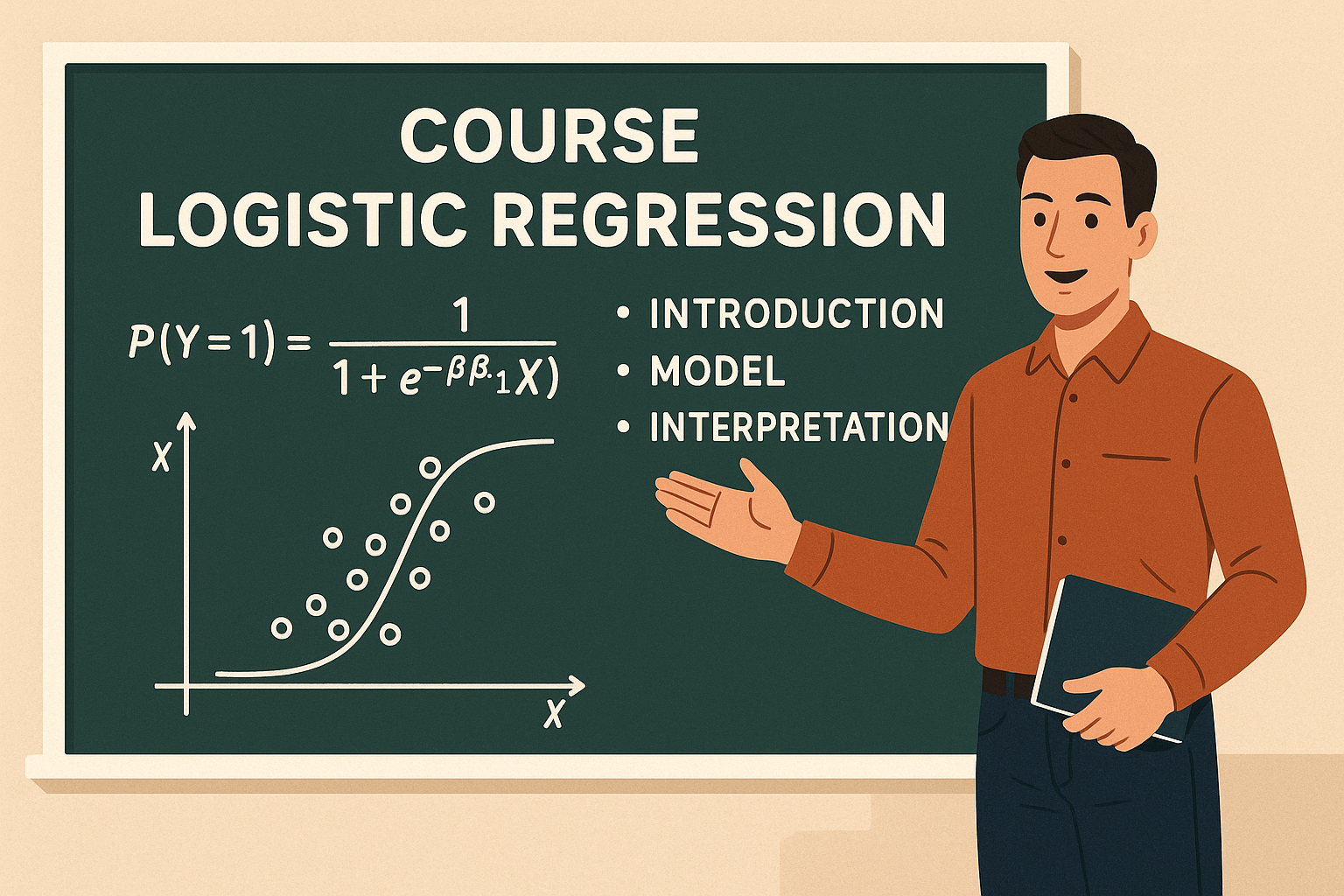
Logistic Regression in R for Public Health and Psychology
What You'll Learn
- Describe a data set from scratch using descriptive statistics and simple graphical methods as a first step for advanced analysis using R software
- Interpret the output from your analysis and appraise the role of chance and bias as potential explanations
- Run multiple logistic regression analysis in R and interpret the output
- Evaluate the model assumptions for multiple logistic regression
Course Sections and Titles
1
Introduction to Logistic Regression
2
Odds and Odds Ratios
3
Additional Reading
4
Why Does Linear Regression Not Work with Binary Outcomes?
5
Odds Ratios and Examples from the Literature
6
Logistic Regression in R
7
Preparing the Data for Logistic Regression
8
Logistic Regression in R
9
How to Describe Data in R
10
Results of Cross Tabulation
11
Practice in R: Simple Logistic Regression
12
Feedback – Output and Interpretation from Simple Logistic Regression
13
Running Multiple Logistic Regression in R and Python
14
Assessing Model Fit